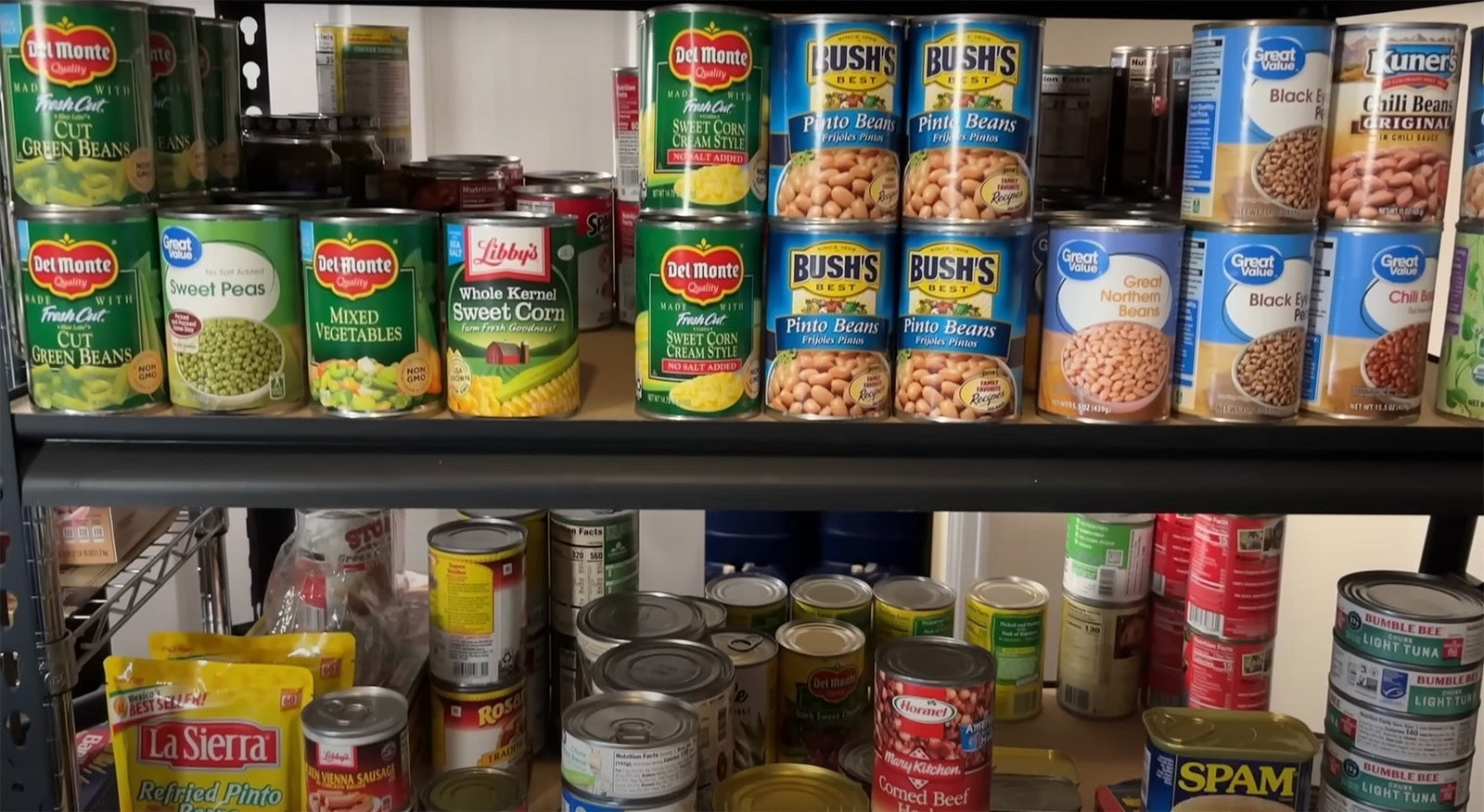When disaster strikes, your ability to access and prepare food becomes a cornerstone of survival. Whether you're bugging out in the backcountry or riding out a storm at home, a reliable food strategy ensures physical strength, mental clarity, and long-term resilience. For preppers and emergency planners alike, food isn’t just fuel—it’s security.
Why Food Matters in Survival
While humans can technically survive without food for weeks, performance begins to degrade within days. Low energy, poor focus, and weakened immunity can sabotage your survival efforts. That’s why food preparedness is a top priority in any emergency plan.
Key Components of Food Preparedness
- Long-Term Emergency Food Storage: Freeze-dried meals, canned goods, and vacuum-sealed staples like beans and rice with a 10-25 year shelf life.
- Bug-Out Bag Rations: Lightweight, calorie-dense options such as energy bars, MREs, and dehydrated meals that require minimal prep.
- Cooking Gear: Portable stoves, mess kits, nesting cookware, utensils, fuel tablets, and fire-starting tools for field cooking or grid-down scenarios.
- Hunting, Fishing, and Trapping Equipment: Tools to harvest protein in the wild—knives, traps, fishing kits, and game processing gear.
- Foraging and Wild Edibles: Knowledge of regional plants, berries, roots, and fungi that are safe and nutritious.
Prepper Tip
Prepper Tip: Don’t forget flavor. Salt, spices, bouillon cubes, and hot sauce can make survival meals more palatable—and boost morale when times are tough.
Essential Survival Cooking Gear
Without the right cooking gear, your food supply can become useless. At a minimum, include:
- Compact Camp Stove: Lightweight, fuel-efficient burners powered by isobutane, propane, or wood.
- Solid Fuel & Fire Starters: Waterproof matches, fire cubes, and tinder to get a flame going fast in any weather.
- Mess Kits: Compact pots, pans, and utensils for boiling water, heating meals, and eating on the go.
- Cookware with Lids: Helps retain heat, saves fuel, and prevents debris from contaminating food.
- Collapsible Water Kettles: Ideal for boiling water for dehydrated meals or purifying natural sources.
Building a Balanced Survival Pantry
Calories are important, but so is nutrition. Stock your supply with:
- Carbohydrates: Pasta, oats, rice, and crackers for quick energy
- Proteins: Canned meats, beans, jerky, nut butters, and protein powders
- Fats: Nuts, seeds, coconut oil, and ghee for sustained energy
- Vitamins & Minerals: Freeze-dried fruits/vegetables and multivitamin supplements
Recommended Food & Cooking Gear from Mountain Ready
- ReadyWise 72-Hour Emergency Food Kit
- Long-Term Survival Food Storage
- Portable Camp Stoves & Survival Cooking Gear
- Field Guide to Edible Wild Plants
Beyond the Pantry: Food Sustainability
In extended crises, self-sufficiency becomes crucial. Consider investing time into:
- Home gardening and seed preservation
- Raising livestock like chickens or rabbits
- Canning, dehydrating, and smoking for food preservation
Common Mistakes to Avoid
- Relying too heavily on short-shelf-life items
- Failing to rotate and inspect food stores regularly
- Storing food without a plan to cook it
- Not accommodating dietary restrictions or allergies
Final Thoughts
Food is your foundation. Without it, you can't think, move, or defend yourself. But it’s not just about calories—it’s about access, nutrition, and the ability to cook safely under pressure. Build a diverse pantry, stock the right cooking gear, and train in food prep without the grid. You’ll be ready for anything.
Explore Mountain Ready’s full range of emergency food supplies and survival cooking gear—curated by people who live the lifestyle, not just sell it.


